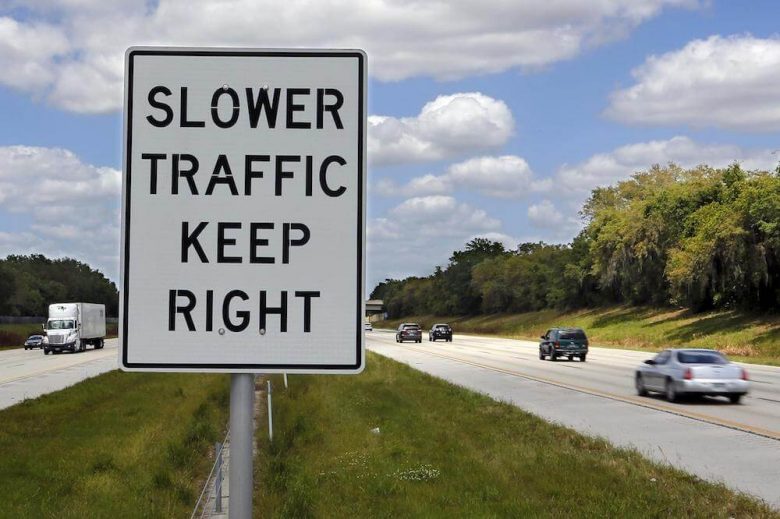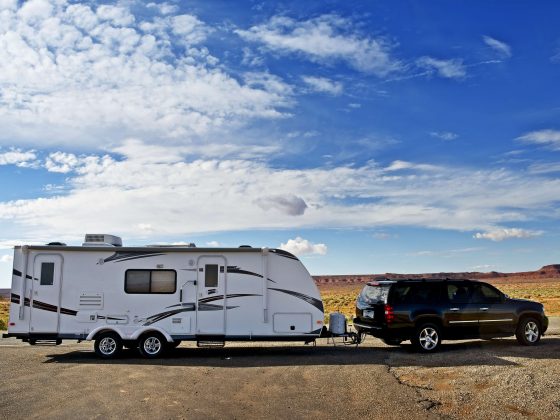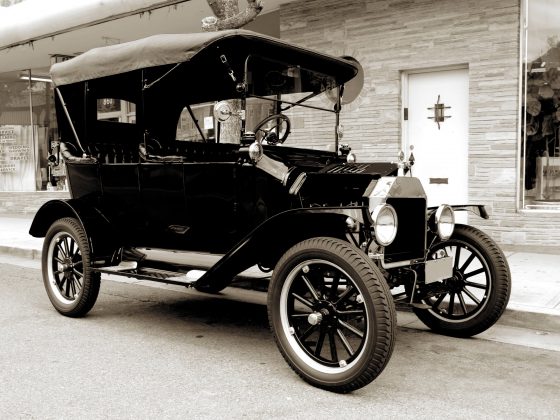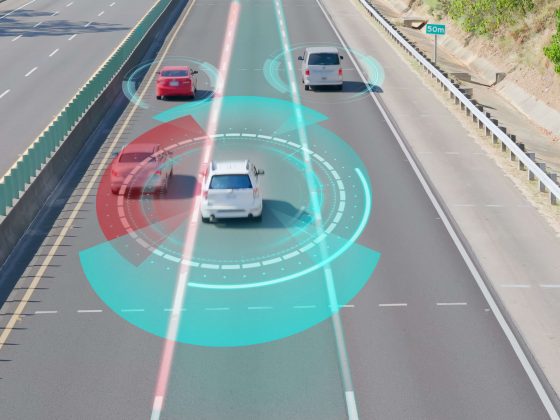Rush hour traffic can be really challenging depending on location and how far you’re planning to drive. Most people don’t enjoy getting stuck in crowded roads, not to mention the number of accidents that happen due to hostile or distracted drivers who act negligently.
Use eTags© to Quickly Complete Your DMV Service. Renewals, Title Transfers and More, All Online!
Smart commuters, though, plan their journey and leave home during times where the roads are clearer and the risk of crashing remains low. Sometime leaving just minutes earlier or later can make all the difference in traffic. Carolina Demography, a demographic consulting service in North Carolina, reported that rush hour contributes to 1 in 4 car crashes.
Rush hour traffic contributes to frustration, road rage, collisions, even anxiety behind the wheel, so how to best plan your drive?

Give yourself some extra time to reach your destination
This advice mostly applies to responsible commuters who prioritize safety and punctuality above all else, especially when they live considerably far from work. Leaving early helps you stay stress-free regarding how much time you need to get to your destination. If you have extra time, even if something unexpected happens, you won’t get anxious about arriving late.
Those drivers who fail to time their drive are found tailgating, switching lanes, and cutting other drivers like maniacs. Watch out for hostile drivers, as they also tend to disobey the rules.
Find alternative routes
Inevitably, planning is everything when it comes to surviving rush hour traffic. There are many ways to get from Point A to Point B, so look for new routes within local streets, or discover safe shortcuts you can take on specific days.
Check the map in your smartphone, insert your destination address, and pay attention to alternative roads that are less congested. Most apps today will also give you traffic updates in real time so you can reroute your way to work, home, shopping, and more.
Keep a prudent distance between cars
Do you remember when your driving instructor advised you to leave a prudent distance between cars? Many drivers follow the “three-second rule.” They keep three seconds worth of space between their car and the vehicle in front of them in order to maintain a safe following distance. Many organizations promote the three-second rule, including the National Safety Council (NSC).

Tailgating, for instance, is never a judicious response regardless of how much you need to reach your destination. Tailgating others is an aggressive form of driving, and an intimidating habit that jeopardizes your safety by not giving you enough room to react when the car in front of you stops all of a sudden.
SEE ALSO: STAYING SAFE WHEN SOMEONE IS TAILGATING YOU
Safety requires practice while on the road
Expect negative reactions once you hit the road during rush hour and be able to anticipate what other drivers around you are planning to do.
Remember the aggressive driving gets real during rush hour and how you respond to hostility while on the road makes a huge difference. A safe driver stays in one lane and stays away from drivers who swerves between lanes fecklessly.
Once again, stay in your lane
Anxious drivers are constantly trying to beat traffic once they feel that other cars are not speeding enough. They like to zig zag, zip through, and move about the highway nervously to busy themselves.
As everyone needs to get to their destination on time, you’re advised to take the safest lane which is the right lane. Drive at a moderate speed, pay attention to the road signs, and let other drivers pass you on the left. Driving is not about racing, but getting to your destination safely.
SEE ALSO: WERE YOU INVOLVED IN A HIT AND RUN ACCIDENT? WHAT’S NEXT?








